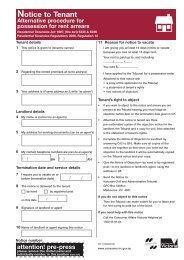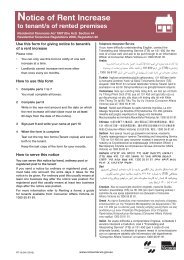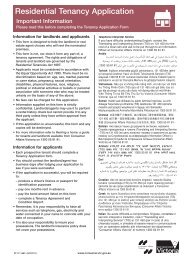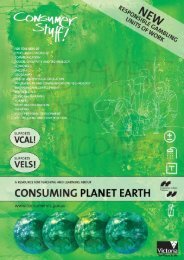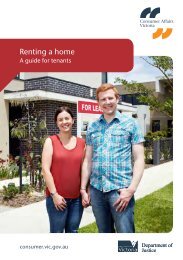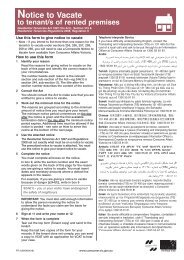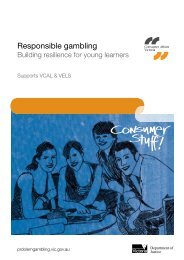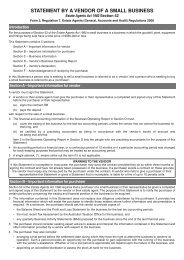Consumer Stuff for kids (PDF, 6.2 MB) - Consumer Affairs Victoria
Consumer Stuff for kids (PDF, 6.2 MB) - Consumer Affairs Victoria
Consumer Stuff for kids (PDF, 6.2 MB) - Consumer Affairs Victoria
Create successful ePaper yourself
Turn your PDF publications into a flip-book with our unique Google optimized e-Paper software.
National <strong>Consumer</strong> and Financial Literacy Framework<br />
The National <strong>Consumer</strong> and Financial Literacy Framework (the Framework) was developed in 2005 <strong>for</strong> the<br />
Ministerial Council on Education, Employment, Training and Youth <strong>Affairs</strong> (MCEETYA), by the MCEETYA<br />
<strong>Consumer</strong> and Financial Literacy Working Party. This multi-disciplinary framework relates to the employability<br />
skills and will assist in achieving national consistency in curriculum and resources to support that curriculum<br />
<strong>for</strong> teachers of consumer and financial literacy. The VELS Economics Domain has close links to the Framework.<br />
The Framework has four dimensions of consumer and financial literacy. These dimensions are interrelated and<br />
embrace the knowledge, skills, understandings and values related to key concepts.<br />
The dimension of:<br />
• Knowledge and understanding is about the nature and <strong>for</strong>ms of money, how it is used and the<br />
consequences of consumer decisions<br />
• Competence is the application of consumer and financial knowledge and skills in a range of<br />
changing contexts<br />
• Enterprise is the opportunity to use initiative, build financial capabilities and manage risk-taking<br />
when making consumer and financial decisions<br />
• Responsibility is appropriate consumer and financial decisions that display care <strong>for</strong> self, others,<br />
the community and the environment.<br />
For more in<strong>for</strong>mation on the Framework visit the website: www.mceetya.edu.au/mceetya/national_financial_<br />
literacy_framework_homepage,14429.html. Alternatively, visit the Australian Government's Understanding<br />
Money website at www.understandingmoney.gov.au/content/education/youngpeople/professionaldevelopment.<br />
aspx <strong>for</strong> in<strong>for</strong>mation to support financial literacy programs in primary and secondary schools.<br />
Below are the Descriptions of Learning <strong>for</strong> Year 5. Each outcome has been coded (KU 1, KU 2 etc). These<br />
codes are referred to at the beginning of each unit of this resource to show how the student activities link to<br />
the Framework. There are also Description of Learning <strong>for</strong> year 3, 7 and 9 in the Framework.<br />
Year 5<br />
Students are aware of a range of <strong>for</strong>ms of money and can discuss their rights and responsibilities in everyday<br />
transactions. Students understand that money can also be borrowed through credit and be provided by<br />
government payments.<br />
Students know about the different ways money can be kept and the importance of saving. They recognise that<br />
family income may be limited and begin to understand that matching household expenditure against income<br />
is important when considering family finances. They understand broad issues of quality of life, total family<br />
income, expenditure and savings.<br />
They realise advertising and peer pressure can affect choice and are aware of the social and environmental<br />
consequences of their choices.<br />
Knowledge and Understanding<br />
Students:<br />
KU 1 Understand that buyers have rights and responsibilities.<br />
For example, understand that people have a right to receive goods that meet health and safety<br />
standards, and that people have a responsibility to pay on time and repay borrowings (credit).<br />
vii



